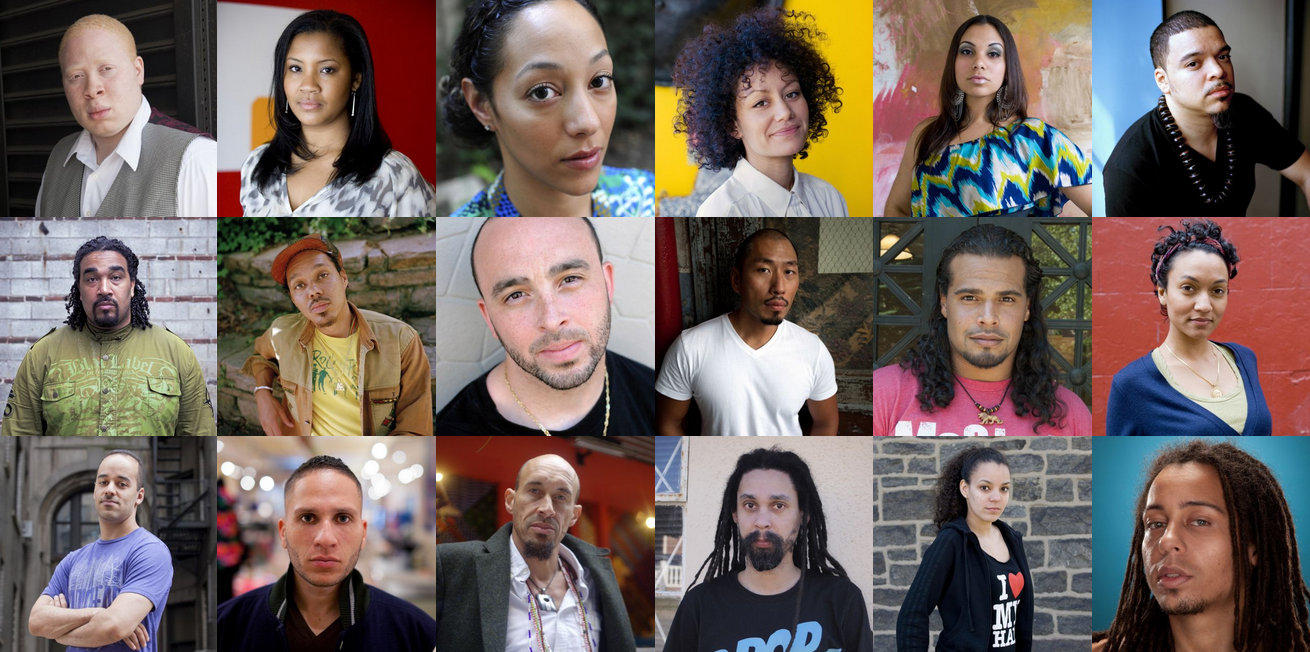Racial Fictions and the Cultural Work of Genre in Charles W. Chesnutt’s The House Behind the Cedars
American Literary Realism
Volume 48, Number 2, Winter 2016
pages 128-146
Melissa Asher Rauterkus, Assistant Professor of English
University of Alabama, Birmingham
I intend to record my impressions of men and things, and such incidents or conversations which take place within my knowledge, with a view to future use in literary work. I shall not record stale negro minstrel jokes, or worn out newspaper squibs on the “man and brother.” I shall leave the realm of fiction, where most of this stuff is manufactured, and come down to hard facts.
Charles W. Chesnutt, 16 March 1880, The Journals of Charles W. Chesnutt
Fifteen years of life in the South, in one of the most eventful eras of its history; among a people whose life is rich in the elements of romance; under conditions calculated to stir one’s soul to the very depths;—I think there is here a fund of experience, a supply of material. . . . [I]f I do write, I shall write for a purpose. . . . The object of my writings would be not so much the elevation of the colored people as the elevation of the whites.
Charles W. Chesnutt, 29 May 1880, Journals of Chesnutt
In a pivotal scene in The House Behind the Cedars (1900), Judge Straight and John Warwick, the formerly black office boy turned white attorney, discuss the legal loopholes that permit his racial passing. Pleased to see his old disciple, but afraid that John’s stay in Patesville will compromise his new identity, Straight reminds John that “custom is stronger than law” and in matters of race “custom is law.” Alluding to the legal technicality that makes John a white man in South Carolina (where race is determined by reputation and social standing) but a black man in North Carolina (where race is defined by fractions of blood), Straight suggests that when it comes to the color line, the cultural fictions we create (as in the one-drop rule) ultimately organize our reality. In many respects, this critical observation sits at the center of the novel’s racial critique, opening up into a broader analysis of the relationship between the fictiveness of race and fiction in a more literal sense. Exploring the subject of racial passing through the lenses of realism and romance, the text issues a complex metaliterary statement that articulates how generic traditions and conventions produce racial identities.
That genre is tangled up in the novel’s deconstruction of race suggests that literary traditions and their conventions can in fact perform important cultural work. In some ways, the novel’s greatest realist achievement is its insistence that popular fiction can be deployed to bring about social and literary change. In the epigraphs that begin this essay, Chesnutt expresses his desire to use fiction as a means to initiate an ethical and moral revolution to eradicate racism. The first passage promises a more realistic approach while the second one highlights the romantic quality of black life, suggesting that it might provide the ideal material for socially conscious fiction; that is, documenting the unbelievably horrific conditions under which most black people suffer may be the single most effective strategy for softening white people’s feelings towards blacks and stamping out racial injustice. In The House Behind the Cedars, Chesnutt combines both perspectives, playing out the story of racial passing along generic lines to demonstrate the power of fiction to alter the social and literary landscape.
In what follows, I offer a metaliterary critique of the novel’s textual complexity, calling specific attention to the racial uses of genre. In a series of close readings, I explore the at times puzzling and seemingly contradictory aspects of a novel whose formal intricacies have not yet been fully acknowledged or evaluated. Focusing on three major developments that stand at the center of the novel’s subtly ironic deconstruction of race—the opening sequence, the tournament, and the fatal conclusion in the swamp—I investigate how Chesnutt and his characters marshal the discourses of realism and romance to manipulate the fictions of race. Accentuating the ways in which they use genre as a tool to reinvent their racial identities, I want to underscore the connections between literary fictions and racial fictions. By working through these connections, I seek to bring into greater relief the generic significance of Chesnutt’s…
Read or purchase the article here.



